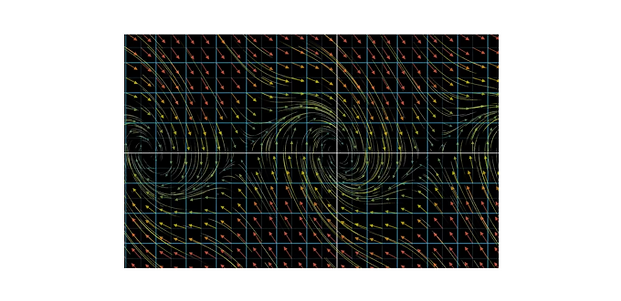#15 Population dynamics with memory: a numerical study of Nicholson’s blowflies equation
Henrique Prates
Supervisor(s):

In population dynamics and other applications, some authors long ago realised that more accurate models are obtained if the growth function incorporates time-delays , for instance, in neural networks, population dynamics, models of hematopoiesis (production and specialisation of blood cells in the bone marrow), etc. One celebrated example is the so called Nicholson’s blowflies equation, modelling the life cycle of the Australian sheep blowfly, Lucilla cuprina, responsible for a serious sheep plague.
Nicholson’s equation has been extensively studied, and many scalar and multidimensional variants analysed in different contexts of mathematical biology. These studies are impactful, not only from a mathematical viewpoint but also in terms of applications. Some recent studies have also considered the case where the growth and death functions are allowed to vary in time (as is inevitable in a real system), and where multiple pairs of delays are present. In [1] conditions for the carrying capacity (the maximum sustainable population size) to be stable and attractive were established for a generic model. From the biological point of view this is the essential question – guaranteeing that given time the system tends to a sustainable and harmonious state!
This project consists on a proof of concept of these previously established criteria, through numerical exploration of some simple examples, as well as some extensions.
[1] T.Faria and H. C Prates, Global attractivity for a nonautonomous Nicholson's equation with mixed monotonicities, Nonlinearity 35 589 (2022)
Requirements: Some mild knowledge on differential equations and numerical methods



